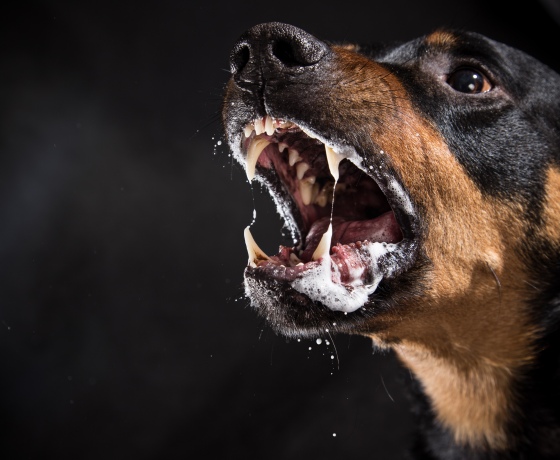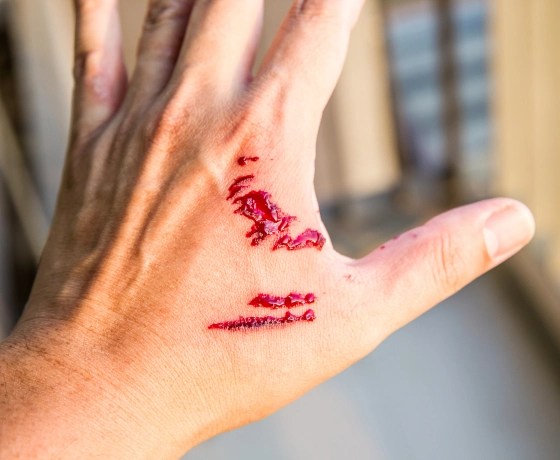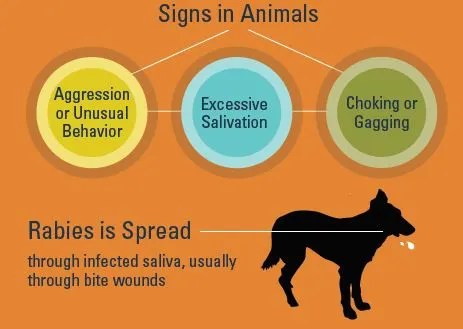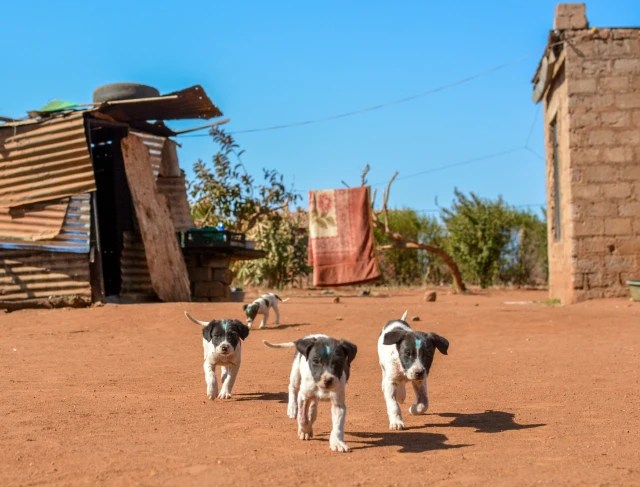Rabies in a postpandemic world: resilient reservoirs, redoubtable riposte, recurrent roadblocks, and resolute recidivism Rupprecht, C.E., Mshelbwala, P.P., Reeves, R.G., Kuzmin, I.V. 2023 Animal Diseases, 3(1), art. no. 15.
Rabies


Rabies is one of the most lethal viruses on earth, with almost 60,000 people dying of this terrible disease every year. Almost half of these deaths are children, mostly in Africa and Asia. However, rabies is preventable and there is a global goal of achieving zero human dog-mediated rabies deaths by 2030.
SHARE
Rabies
Asian and Africa are the main regions affected by rabies in dogs, whilst wildlife may be affected in many parts of the world. Find out where the latest reported outbreaks are with this map.

KEY FACTS

Disease Classification
Rabies is caused by the rabies virus, which is a type of lyssavirus. This Genus also contains a range of viruses closely related to the rabies virus, for example the European bat lyssavirus (EBLV) 1.

Transmission
The rabies virus is transmitted in saliva, and almost 100% of deaths in humans are due to transmission from dogs when people are bitten. There are also wildlife cycles of rabies, such as those in North America sustained by raccoons, skunks and foxes, and those in South America involving vampire bats.

Vaccine
Rabies is preventable and the vaccination of dogs using a high quality vaccine is central to eliminating canine-mediated human deaths from rabies. Not only does this significantly improve human health, it is also financially beneficial to the country because fewer doses of the costly post bite preventative treatment (Post Exposure Prophylaxis, PEP) are required for people exposed to rabies.
Clinical Signs
Clinical signs in dogs with rabies include aggression/unusual behaviour, excessive salivation, and choking/gagging. In animals and humans the disease is 100% fatal once clinical signs/symptoms occur. As such rabies has one of the highest mortality rates of any disease. This Mission Rabies training video gives a detailed explanation of the clinical signs to watch for.

Clinical signs in dogs include aggression/unusual behavior and excessive salivation

Almost 100% of human deaths are due to dog bites, however these deaths are preventable

In animals and humans the disease is 100% fatal once clinical signs/symptoms occur
Treatment
Prevention is the key to controlling and eliminating rabies, with dog vaccination the main tool. People that are bitten by a dog should take appropriate action to wash and clean the wound and seek medical attention.
Management
The disease is 100% preventable. In recent decades countries across Latin America and the Caribbean have made strides towards rabies elimination, and in November 2019, Mexico proved that human canine-mediated deaths can be eliminated when it became the first country in the world to obtain WHO validation for no human rabies deaths. Mexico achieved this by having a national rabies strategy based on mass dog vaccination, raising public awareness, and post-exposure prophylaxis. The cooperation of human and animal health sectors is important in achieving rabies elimination, and rabies is a good example of how a One Health approach can be very effective.

FOCUS ON…
Focus On… Building a Rabies Free Future for Eritrea
Eritrea is one of the countries in Africa struggling with rabies. To help eliminate this devastating disease, Johann Kotzé, MSD Animal Health, assists WOAH in developing control strategy to support…
Latest Articles and Events
Knowledge Hub
Innovating at EuFMD OS22
After so long since the last in-person event, it was wonderful to be able to…
Guide – Australia’s DAFF and CSIRO…
A field guide for veterinarians providing information on emergenc
International Symposium of..
My name is Rachel Herschman and I have been an intern on the..
Website – IVVN – International..
The IVVN is an international community of over 1,600 members working togeth…
Boosting disease control with…
Disease control is about a lot more than simply the right vaccine. Building…
Focus On… African Swine Fever (ASF)…
African swine fever (ASF) is present in more than 50 countries on five continent…
Exploring New Frontiers in Anim...
I’m a final year DPhil student studying at The Pirbright Institute and the..
Website – IVVN – International..
Latest Scientific Papers
Rabies
Foot and Mouth Disease (FMD)
Avian Influenza (AI)
No items to show.
Rabies
Avian Influenza (AI)
Rabies
No items to show.
Subscribe to our free newsletter and stay up to date with all news and events.